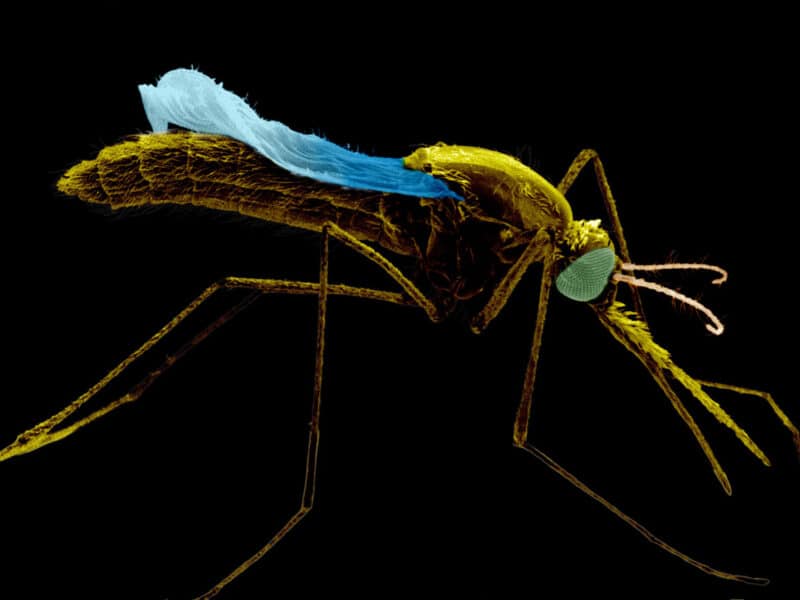Across Africa, women are more likely to be tested and treated for HIV and are more likely to stay on treatment than men. Men tend to avoid testing and when they do access care, it is often at a later stage of infection.
We see the reality of this in places like Côte d’Ivoire, where the majority of men don’t know their HIV status. Cote d’Ivoire has one of the highest HIV prevalence rates in West Africa. As a result, the Johns Hopkins Center for Communication Program’s Health Communication Capacity Collaborative (HC3), funded by USAID, has been working to understand how to better engage men in HIV prevention, testing and treatment.
We spoke with Lynn Van Lith, CCP’s technical lead for HIV about the Center’s work with men in Cote d’Ivoire.
Q. What are the biggest barriers to reaching men with HIV prevention, care and treatment in Africa?
A. A smaller proportion of men than women seek HIV testing services or initiate and stay in treatment in sub-Saharan Africa. This failure to engage men in HIV testing and care threatens the success of universal testing and treatment programs designed to slow epidemics across Africa.
Research shows that one of the biggest barriers to reaching men can be traced back to longstanding social norms about masculinity: Men sometimes avoid health facilities because they believe seeking care displays weakness, is embarrassing or compromises their leadership positions. They also fear serious social repercussions or job loss should they test positive, which in many cases is enough to avoid testing altogether. This is particularly true in Cote d’Ivoire where stigma remains a major issue. The immediate cost to a man of seeking health care therefore, especially with the stigma related to a positive HIV test, may feel like it outweighs the more distant benefit that treatment brings.
Q. Given how difficult it is to reach men across the treatment continuum, how has CCP made progress in doing so in Cote d’Ivoire?
A. In Cote d’Ivoire, we have tried to engage men who often do not believe they are at risk, are unaware of their HIV status and/or engage in risky sexual practices. How do we do this?
We have adapted the “Brothers for Life” platform, in close partnership with the Ministry of Health, the National AIDS Control Program and service delivery partners to identify men at high risk of HIV who haven’t yet been tested or linked to treatment. We recruit men to join Brothers for Life through a variety of highly targeted approaches from professional networks to Facebook to index tracing through Prevention of Mother-to-Child Transmission programs for frank and open conversations about men’s wellness, financial management and HIV testing and treatment all designed to help them understand their risk. Testing is offered at Brothers for Life sessions and referrals are made for treatment initiation for those who test positive. Those men with HIV are paired with a peer navigator, sent text messages and provided materials that include video testimonials of men living with HIV with the goal of reducing stigma and hearing encouraging stories about other men who are managing their treatment journey well.
Q. What successes have you had in reaching men in Cote d’Ivoire to test and initiate treatment?
A. As we have progressed in our work in Cote d’Ivoire, we are refining the recruitment approaches in real time – and our testing numbers and yield of HIV-positive results have increased. In the past seven months, for example, we have increased the number of men who agree to be tested and are reaching more high-risk men. The percentage of men testing positive rose to 4.6 percent, with 98 percent of HIV positive men linked with a peer navigator and 83.2 percent of them initiating antiretroviral treatment.
Meanwhile, based on our research and armed with a better understanding of how HIV can threaten a man’s core values of health, sexuality, work, family and social status, CCP has incorporated these issues into our programming. We know that fear and stigma remain significant issues throughout the treatment continuum so we are working to directly address them within the Brothers for Life small group sessions.
We have learned that the process of moving from an initial HIV diagnosis to acceptance of one’s result, preparing for disclosure, finding familial or community support, initiating and maintaining treatment adherence and ultimately obtaining viral suppression is a long one and is not linear for most men. Some HIV-positive men are ready to start treatment immediately upon diagnosis while others need more time. Many men then struggle to remain on treatment.
An evaluation of the program is underway and CCP will share findings from the study in 2018. We recognize the urgent need to reach men across Africa and believe our work in Cote d’Ivoire is adding to the evidence base of proven best practices that may be replicated elsewhere.




